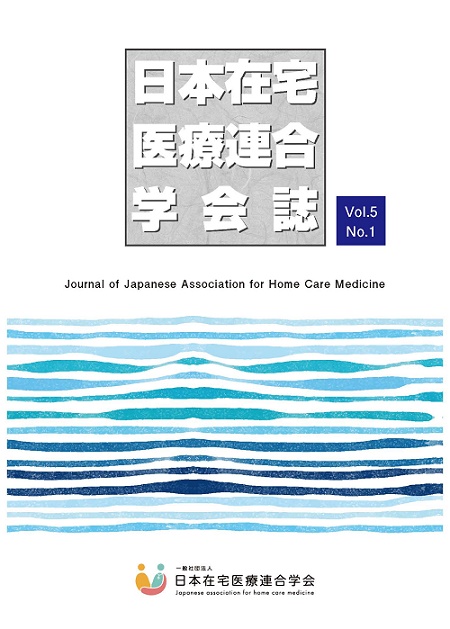Current issue
Displaying 1-6 of 6 articles from this issue
- |<
- <
- 1
- >
- >|
Original Paper
-
2024 Volume 5 Issue 1 Pages 1-8
Published: 2024
Released on J-STAGE: February 29, 2024
Download PDF (1291K) -
2024 Volume 5 Issue 1 Pages 9-17
Published: 2024
Released on J-STAGE: February 29, 2024
Download PDF (1174K) -
2024 Volume 5 Issue 1 Pages 18-27
Published: 2024
Released on J-STAGE: February 29, 2024
Download PDF (1177K) -
2024 Volume 5 Issue 1 Pages 28-35
Published: 2024
Released on J-STAGE: February 29, 2024
Download PDF (1212K) -
2024 Volume 5 Issue 1 Pages 36-43
Published: 2024
Released on J-STAGE: February 29, 2024
Download PDF (1120K)
Activity Report
-
2024 Volume 5 Issue 1 Pages 44-47
Published: 2024
Released on J-STAGE: February 29, 2024
Download PDF (1274K)
- |<
- <
- 1
- >
- >|
